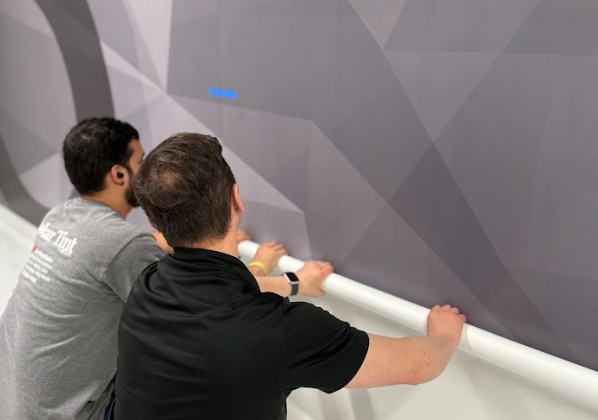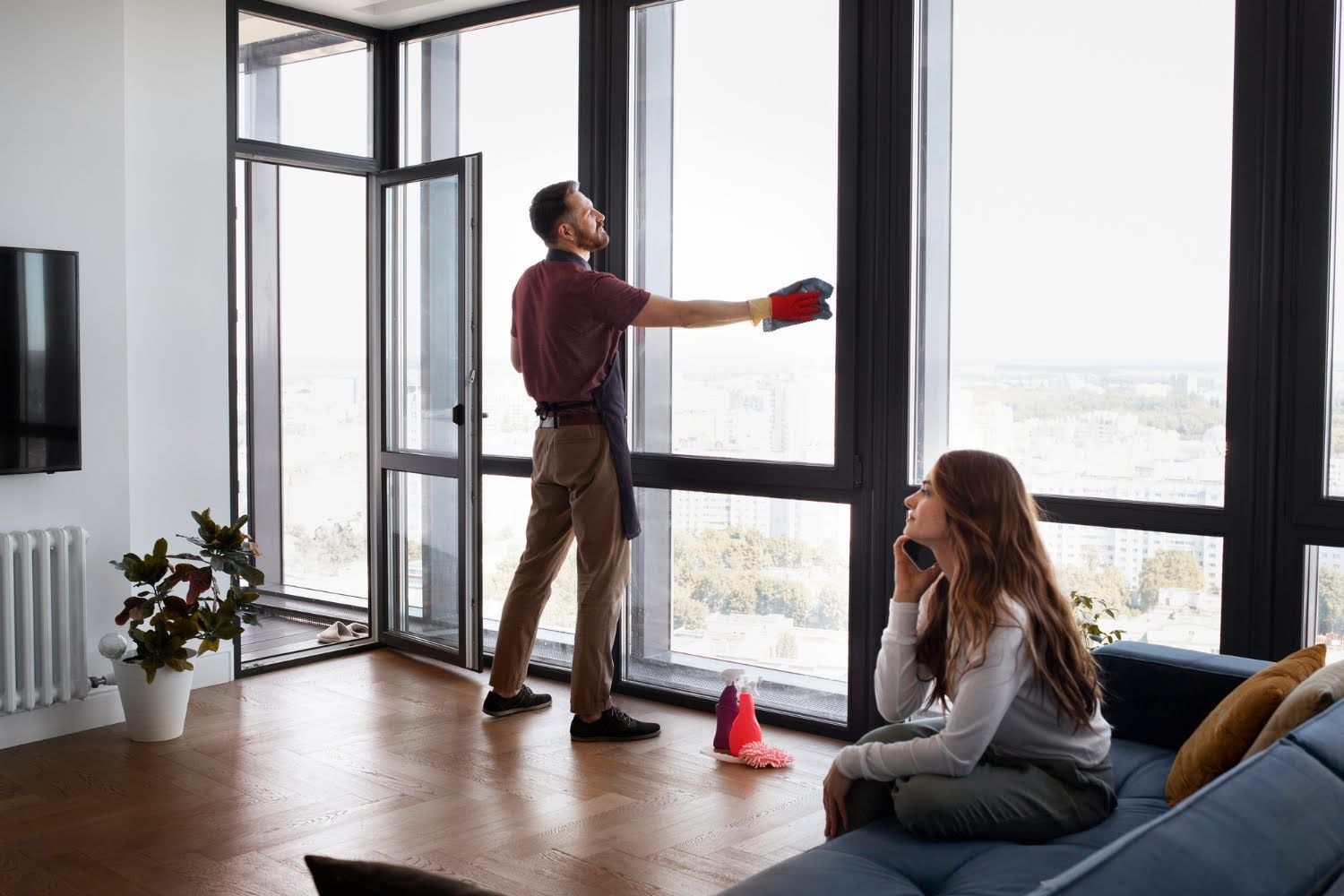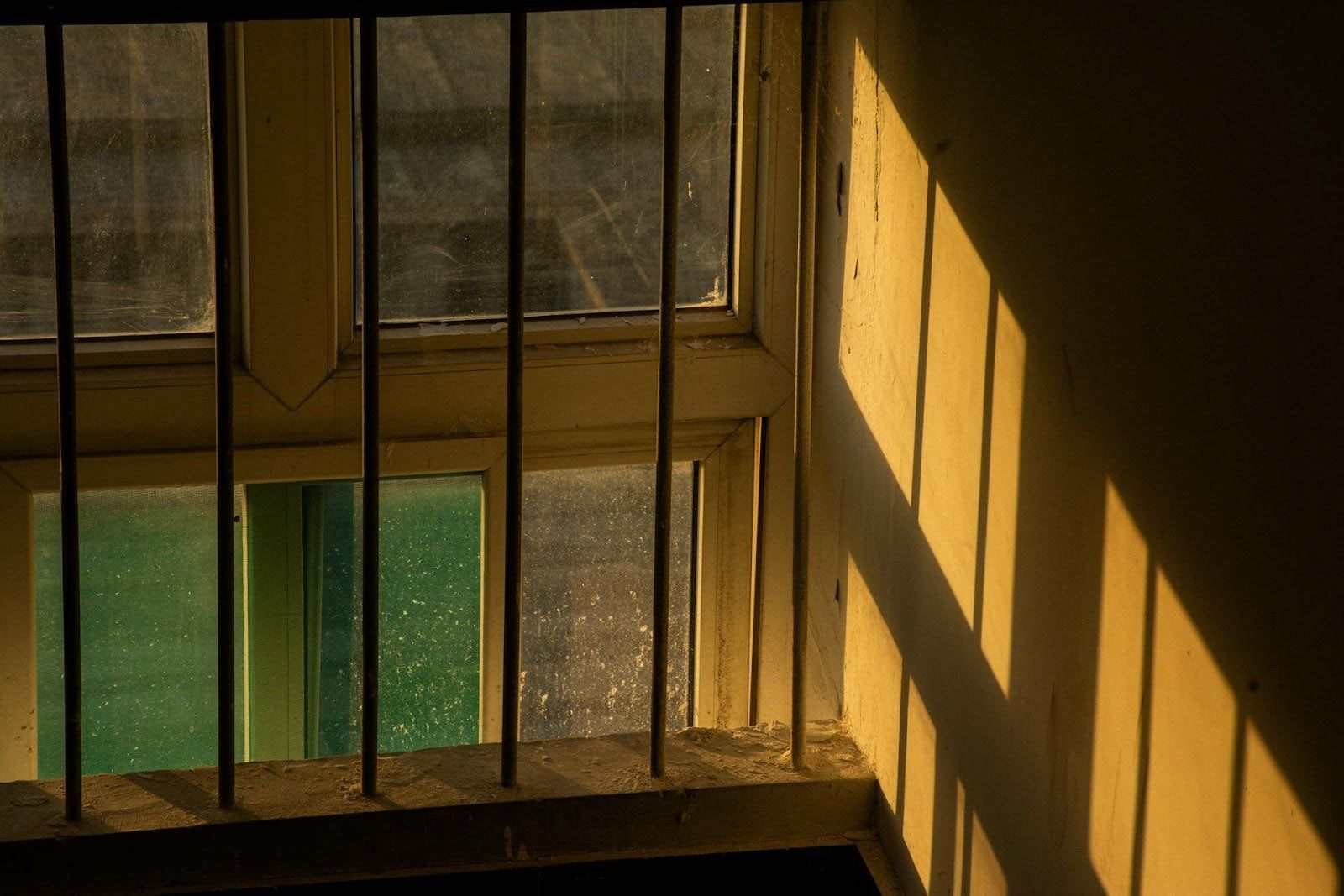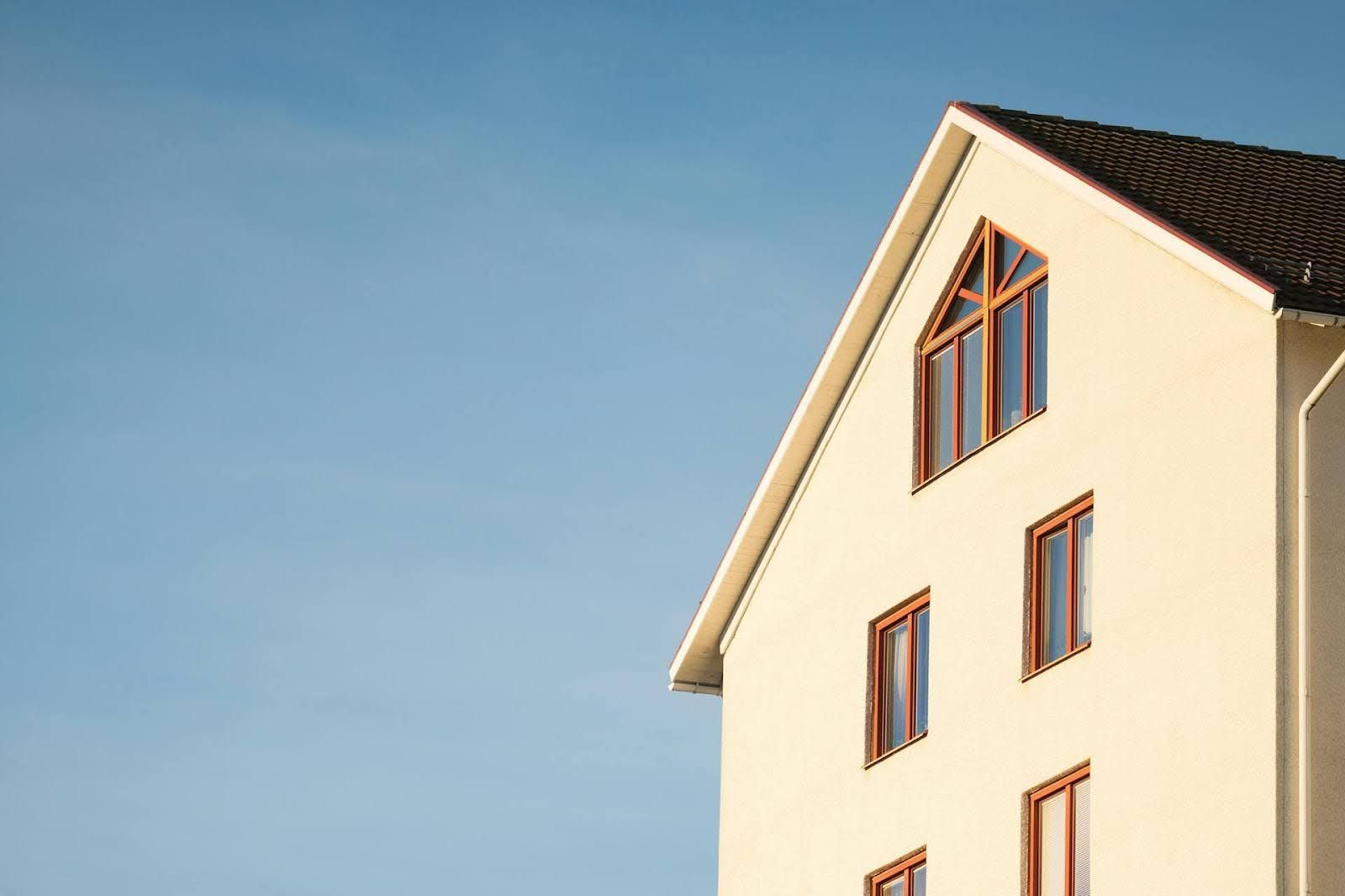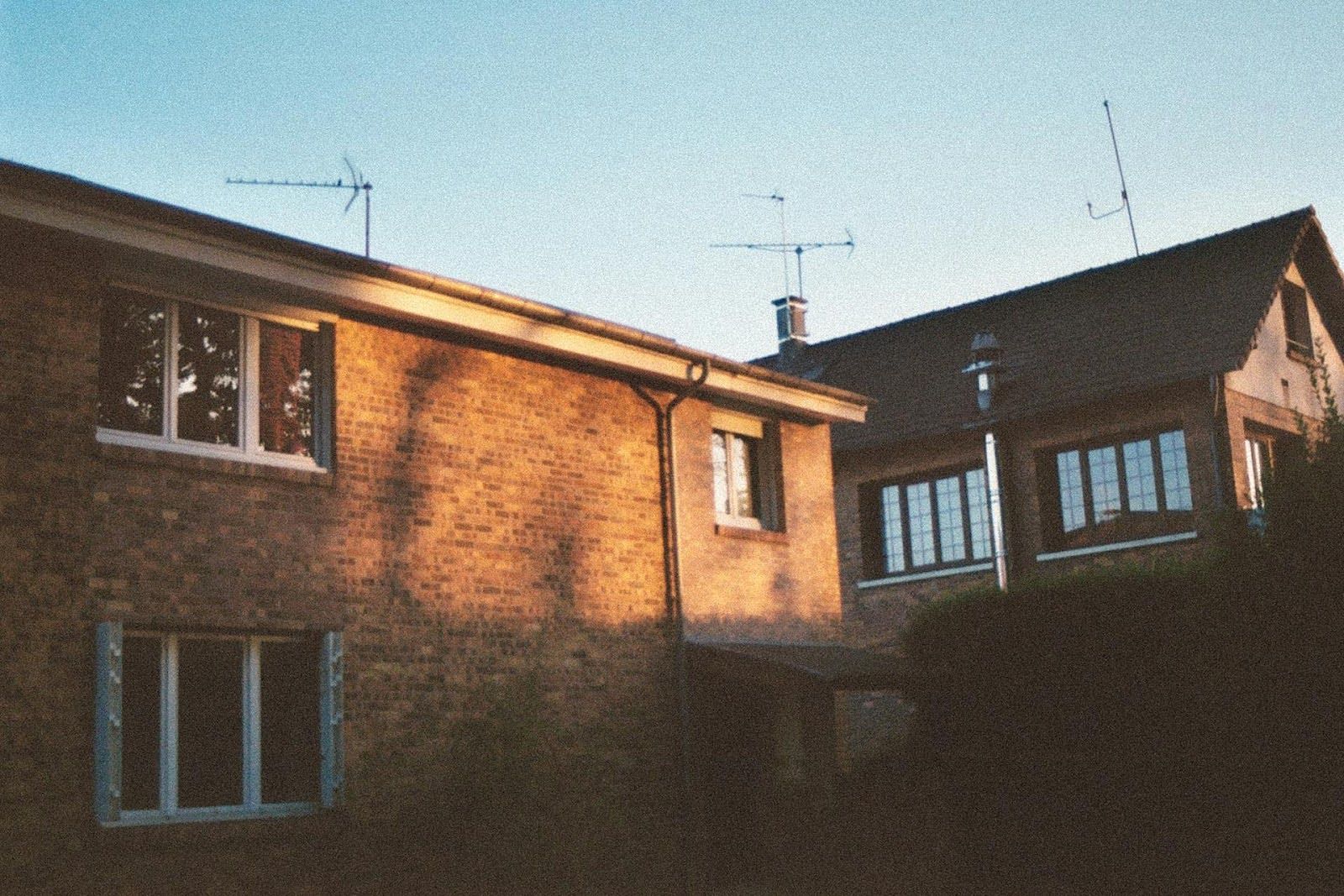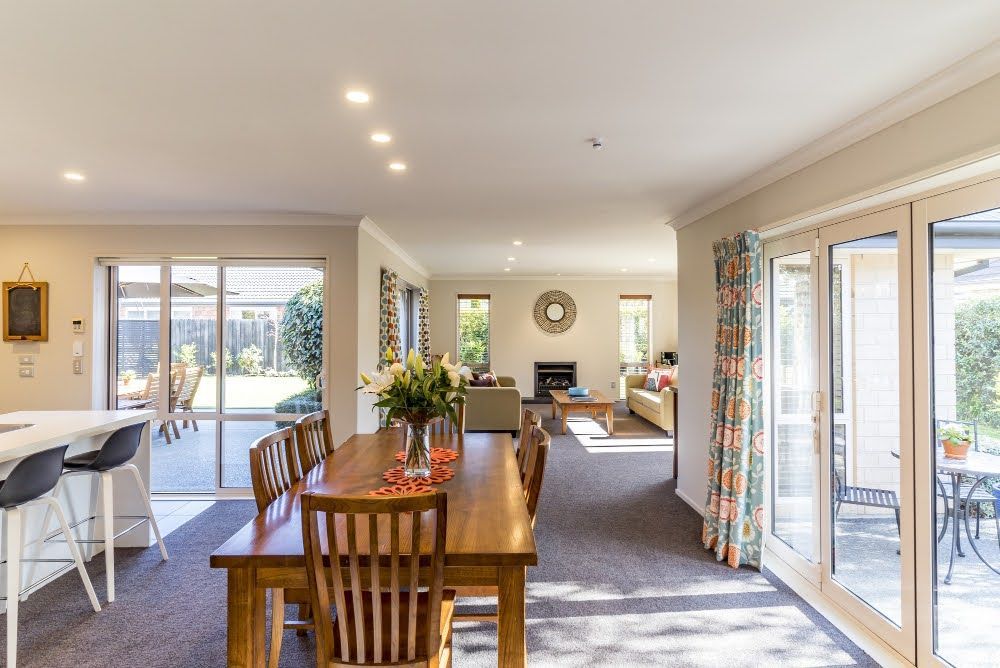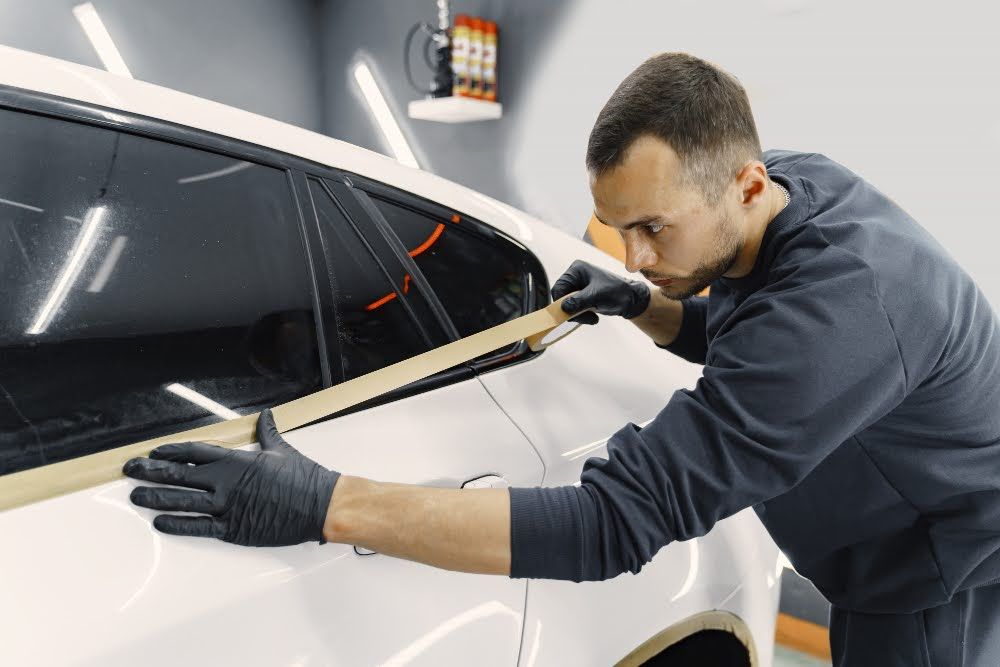Breaking Down Window Tint Percentages: Which Shade Is Right for You?
This is a subtitle for your new post
You know that feeling when you slide into a sun-baked car and your seatbelt gives you a branding iron greeting? Or maybe you’ve glanced at a neighbor’s house and wondered how their living room always looks cool and glare-free, even at high noon.
That’s the magic of window tinting—specifically, picking the right shade. But here’s where it gets tricky:
window tint percentages sound technical, almost like a math quiz you didn’t study for.
Trust me, it’s easier than you think, and—believe it or not—it’s the secret sauce behind comfort, style, and even your home’s energy bills.
So let’s crack open the world of tint percentages, sprinkle in some real-life stories, and find the sweet spot for your windows, whether you’re commuting in rush hour or relaxing on the couch.
What Do Those Numbers Even Mean?
Let’s get the basics out of the way, so you can talk about window tint percentages at your next barbecue and sound like you know what you’re doing.
These percentages—like 5%, 20%, 35%, and so on—refer to Visible Light Transmission (VLT). In simple terms, VLT is the percentage of visible light that can pass through the window. The lower the number, the darker the tint, which means less light makes it through.
Picture this: 5% tint is that almost limousine-level dark, the kind that makes you squint to see who’s in the car. On the other hand, 70% tint is much lighter—think of it as sunglasses for your windows that don’t make you feel like you’re wearing them indoors at night.
People often assume that darker is always better. But honestly? That’s not always the case. Sometimes, a lighter tint gives you just enough privacy and UV protection without making you feel like you’re in a cave.
Everyday Choices: It’s Not Just About Looks
Let’s be real—sometimes people want their car or house to look “cool.” But tinting is about way more than style points.
If you’ve ever been on a summer road trip and felt like you were roasting in a fishbowl, you’ll appreciate what the right tint can do.
For one, window tint helps block out harmful UV rays, which can damage your skin and fade those leather seats you spent too much money on.
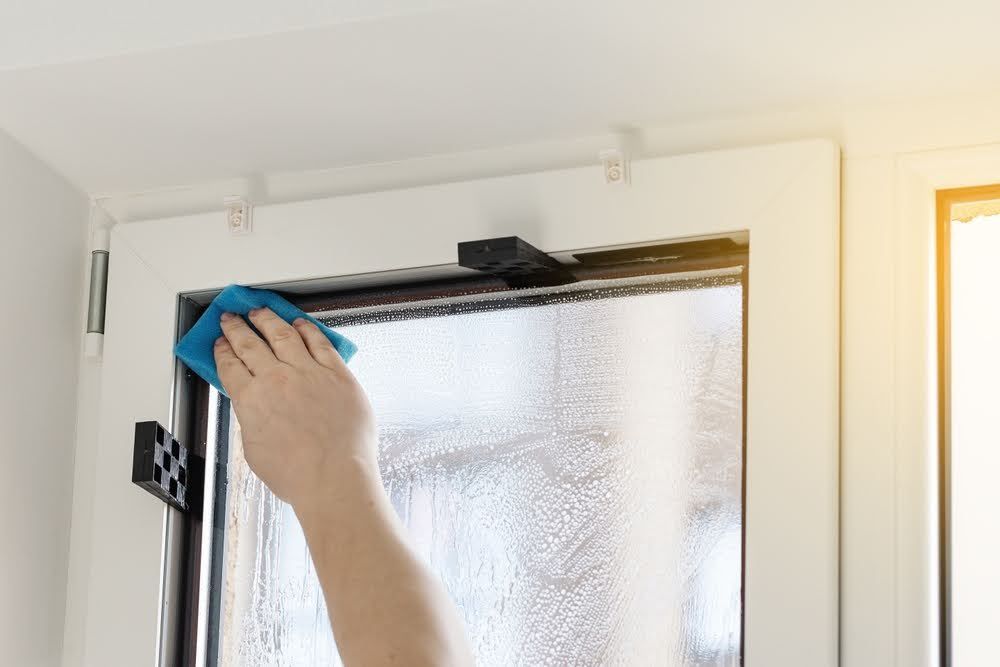
But here’s the thing: darker isn’t always smarter. If you go too low with the percentage, especially in your car, you might end up straining your eyes at night.
Nobody likes fumbling for the drive-thru window because they can’t see where it is.
There’s also the law to consider. Every state (and sometimes, even cities) has rules about how dark your car windows can be. Getting ticketed over a few extra shades? Not worth it.
And if you’re thinking about your home or office, it’s all about balance. Maybe you want privacy for your street-facing windows but still crave that golden-hour light in your living room. Or you want to lower your cooling bills without making your home look like a secret bunker.
Which Window Tint Percentage Is Right for You?
So, which percentage is right for you? Let’s break it down:
- 5% (The Limo Look): Super dark, mostly used for back windows or folks who want privacy. Not legal on most front car windows, but can be a good pick for privacy in certain home settings, like a man cave or a home theater.
- 20% (Classic Tint): This is pretty dark, giving you noticeable shade and privacy. It’s popular for cars, but still not always street legal for all windows. For homes, it’s great for bedrooms or anywhere you want more seclusion.
- 35% (Everyday Balance): Arguably the Goldilocks of tints—not too dark, not too light. It’s usually legal for car windows in a lot of places and provides both heat reduction and decent visibility.
- 50% (Light and Bright): Great if you just want to cut a bit of glare and protect from UV, but don’t want the “tinted” look. It lets in plenty of light but still does the job.
- 70% and Up (Barely There): Think of this as window tint for people who “don’t like” window tint. It’s almost invisible, but it can still block harmful rays and help with temperature control.
And don’t forget, how you use your space matters. Do you drive late at night? Do you work from home and crave sunlight for your sanity (and maybe your houseplants)? There’s no one-size-fits-all answer—just what fits your lifestyle.
Beyond the Basics: Unexpected Benefits and Small Surprises
Okay, let’s step away from the charts for a second. Window tint percentages aren’t just numbers—they’re a way to tweak your comfort, your privacy, and even how you interact with the world outside.
Ever notice how a tinted window can muffle sound a little, or make your living room feel like a private retreat? It’s not just your imagination.
A lot of folks are surprised by how much tint can reduce glare on computer screens and TVs. If you’ve ever tried to watch the big game with a sunbeam on your screen, you know what I mean. And then there’s safety: certain films, such as
safety film,
can help hold glass together, making break-ins a little trickier and storm damage less messy.
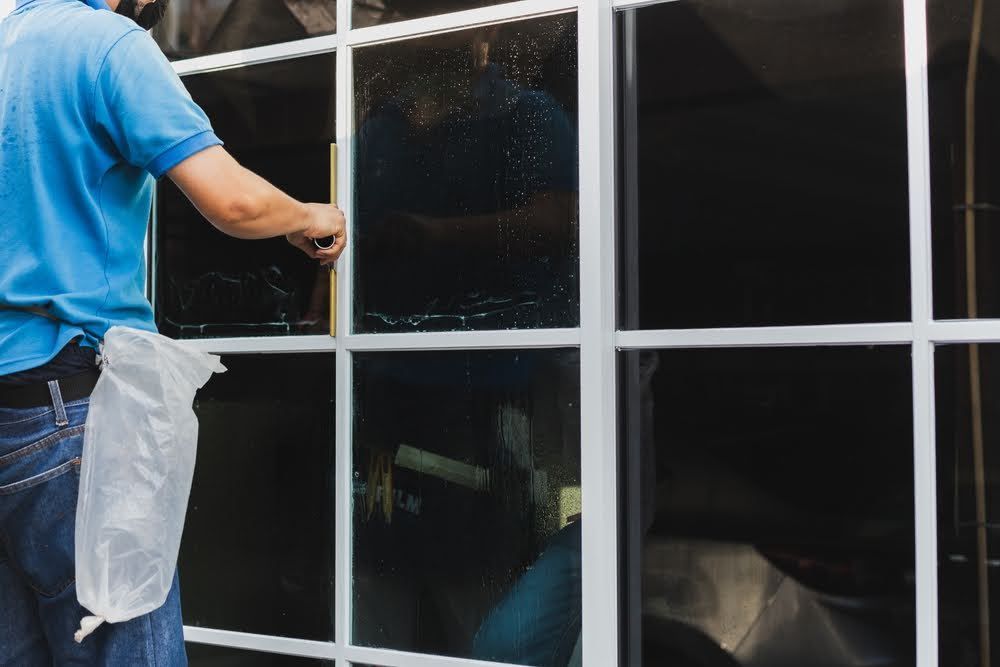
Honestly, it’s a bit like picking the right pair of sunglasses—some days you need heavy-duty aviators, other times, a light tint does the trick. And let’s be real: sometimes, you just want your stuff to look sharp.
Decision Time: Find Your Perfect Shade
Feeling overwhelmed? You’re not alone. Even folks who love home improvement shows get tripped up by all the numbers and options. The trick is to picture how you use your space (or your ride) and how much light feels right.
Talk it over with family, peek out your windows at different times of day, and don’t be afraid to get a second opinion.
Remember, changing tint isn’t like painting a wall—you can’t just slap on a new coat if you don’t like it. Take your time, ask questions, and go with what makes you feel at home.
Ready for a Change? Let’s Shade Things Up!
Choosing between window tint percentages doesn’t have to feel like decoding some secret code. It’s about matching your comfort, your style, and your peace of mind.
If you’re still scratching your head or you want to see real samples, reach out to the folks who live and breathe window film—like the team at Solar Tint Inc.
We’re not just about numbers and specs—we’re about helping you feel at home, wherever you are.
So,
reach out to us and get
the best window tinting service in Miami!
